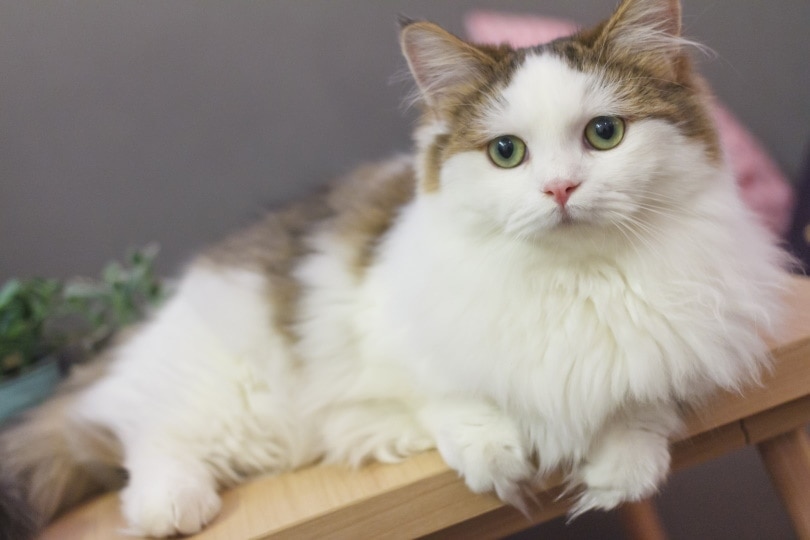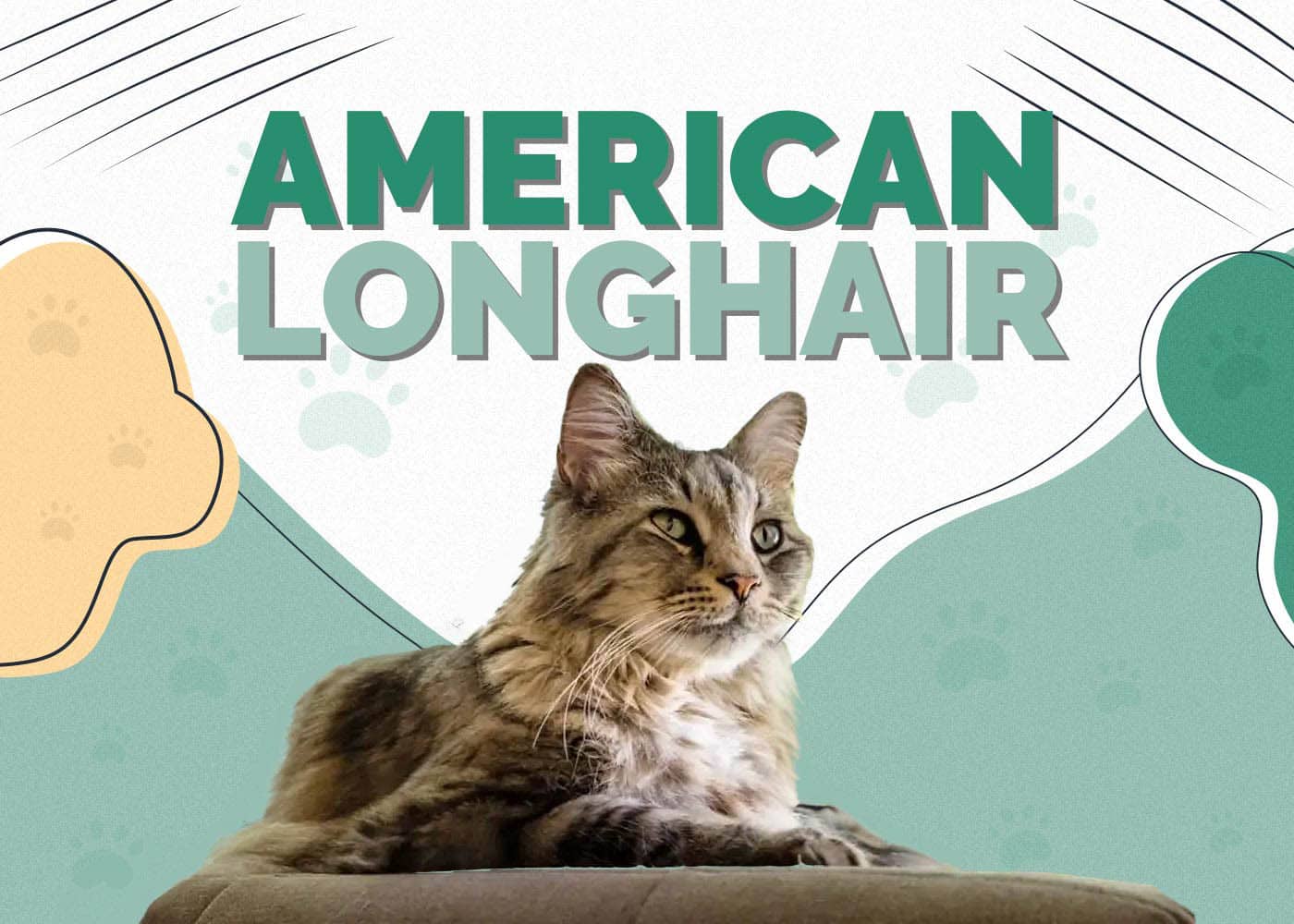Are American Shorthair Cats Hypoallergenic? What You Need to Know!

Updated on
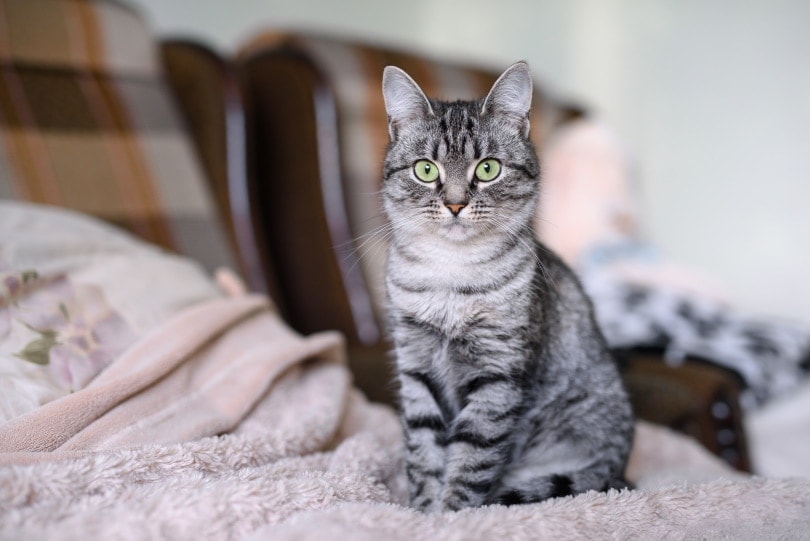
American Shorthair cats are originally from Europe. A descendant of the British Shorthair, this breed was first recorded in 1904. Introduced in North America by the early European settlers, this breed became so popular and was the seventh most famous pedigreed in the US as of 2012.
So, are American Shorthair cats hypoallergenic? The answer is no.
Since most of these cats lived outdoors, their coats were cultivated to be thick and dense to keep them warm. These cats are fun-loving and make great family companions. However, if you are prone to allergies, you’ll need to be cautious when coming into contact with these cat species.
Before you get one of these cats, let’s look at the background of this breed and what causes the allergies.
Physical Attributes
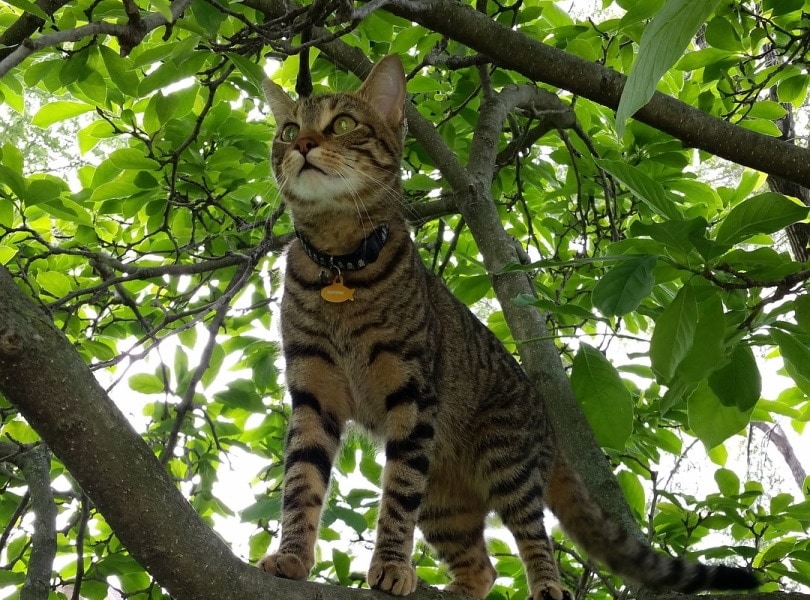
American Shorthair cats weigh about 8 to 12 pounds. The males are generally heavier than the females. With proper care and good health, they can enjoy a lifespan of about 15–20 years. These breeds have varying eye colors, including blue, copper, green, and gold, whereas some are odd-eyed.
From their background, they developed a thick and dense coat that comes in different colors; among them white, black, red, brown, golden, blue, cream, blue-cream, cameo, chinchilla, silver, and tortoiseshell.
In terms of build, these cats are heavily muscled and have a round, thick appearance. Because of their background as rodent hunters, these breeds have strong and thick legs.
Are American Shorthair Cats Hypoallergenic?
Despite being lovable pets, American Shorthair cats are not hypoallergenic because they shed a lot. However, if you are allergy-prone, there is a greater risk of contacting the allergy-causing proteins.
Compared to other cat breeds, American Shorthair cats might shed less fur than longer-haired cats, but that doesn’t make them hypoallergenic. This is because allergic reactions are not triggered by fur. So, what causes these allergies?
Let’s explore that.
What Causes Cat Allergies?

Cat allergies are caused by the protein known as Fel d1. This protein is present in all cats’ saliva, glands, and urine. Individuals who experience these reactions are affected by dander, the flakes of dead skin that cats shed, along with the fur.
In addition, when cats groom themselves by licking their fur, they tend to spread this protein around the entire body. For people with an allergy problem, their bodies treat the Fel d1 as an invading pathogen that triggers infections and body inflammation.
Hypoallergenic means that your pet has a lower likelihood of causing an allergic reaction. However, no cat’s entirely allergy-free. You can only have more minor triggers with some breeds. Even hairless cats produce dander; however, this can be managed by proper grooming.
Allergies can be triggered by being in the same room where the cat was. This is because dander from the cat’s fur coat or saliva can be stuck on surfaces that can get transferred to the human body. In addition, the allergens can also be airborne.
American Shorthair Cat Allergy Symptoms
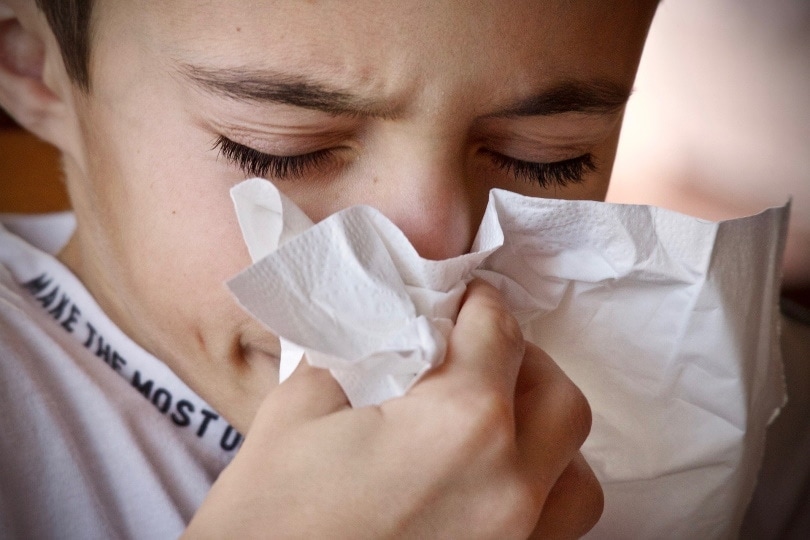
The extent of the allergies will depend on an individual’s sensitivities. Therefore, individuals with low sensitivity are safer and will be less affected by touching or being around American Shorthairs!
But if you are too sensitive, once you bring this feline friend to your home, you are likely to experience allergy triggers such as skin and breathing sensitivities. In extreme attacks, the conditions can be life-threatening, with some people experiencing anaphylactic shock.
The symptoms will tend to be similar to a cold; therefore, you’ll need to either take an allergy test or pay attention to the contact timeframe to determine if it’s an American Shorthair allergy. If your symptoms persist for over two weeks, you can visit your doctor for an allergy test and get medication.
Breathing Allergies
These allergies will be triggered by the presence of airborne particles like fur and dander in your house. In addition, because this cat is a moderate to high shedder, you can get triggers from grooming your pet. Your symptoms can range from sneezing, coughing, asthma, or difficulty in breathing, to puffy and swollen eyes.
Skin Allergies
Skin reactions result from coming into contact with the saliva, urine, or fur with Fel d1 protein. Once you get this reaction, you are more likely to get hives, eczema, or skin irritation.
How to Reduce American Shorthair Cat Allergies
The only sure way to avoid cat allergies is to have a cat-free home. However, this is not entirely possible, especially for cat lovers. Fortunately, there are techniques that you can use to cut down the amount of Fel d1 you come into contact with.
Limit Your Cat Movement
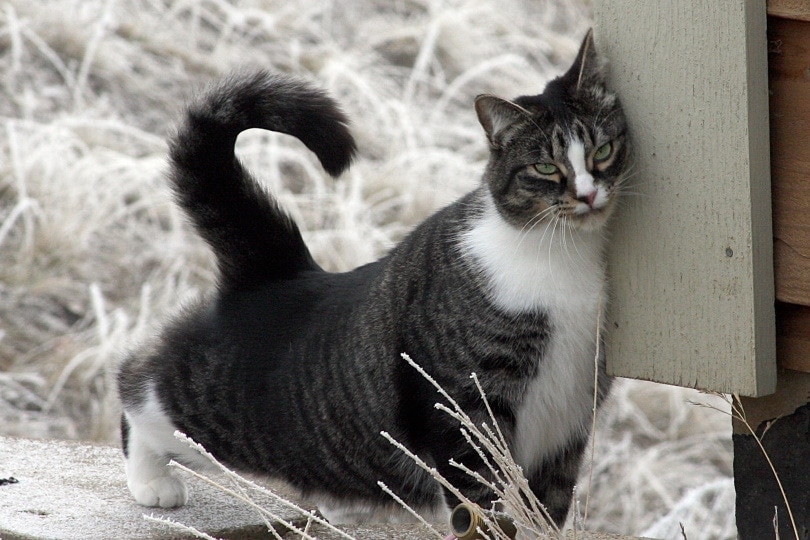
Areas such as your bedroom should be a no-cat zone. You have to train your American Shorthair to stay away from your bed to avoid having dander stuck on your bedding. However, if they manage to pop in for a moment, make sure you thoroughly wash your bedsheets and pillowcases to get rid of the saliva and dander.
Get an Air Purifier
Install air purifiers in the rooms that your American Shorthair spends the most time in. This strategy will help you get rid of any dander stuck in the air to avoid breathing problems. In addition, when the air around your home is clean, you are exposed to lower levels of allergens.
Clean and Vacuum Your Home
Dander and saliva get stuck on most surfaces in your home. To keep the contact low, clean and vacuum your house regularly to get rid of the fur that your cat has shed. In addition, wipe down the surfaces more frequently for your own safety.
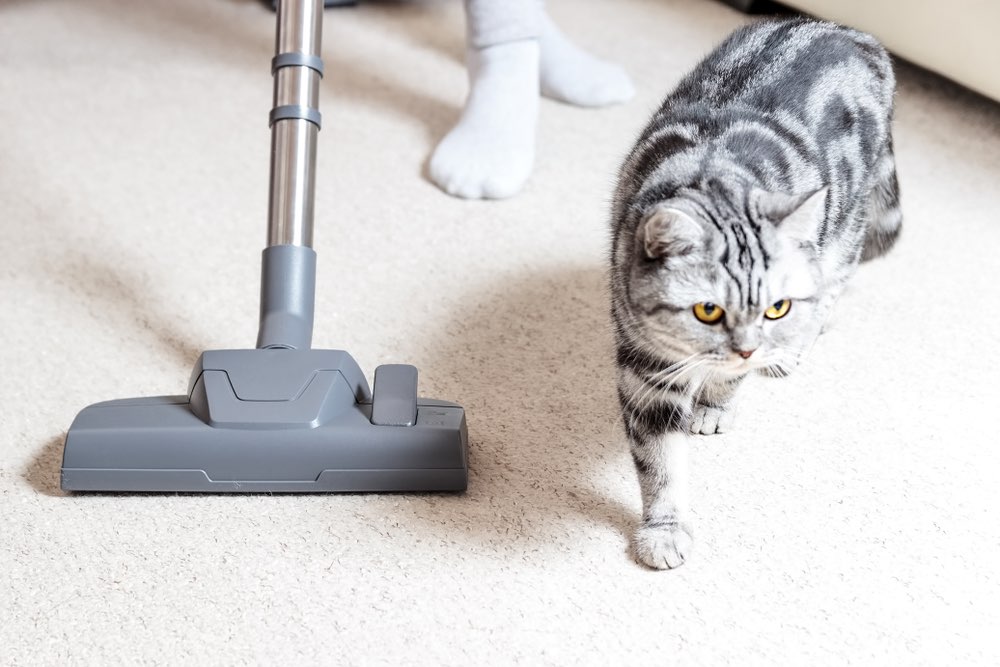
Cover Furnishings
Since American Shorthairs are moderate to high shedders, they are likely to leave fur on your sofas and furniture. You can protect yourself by covering the furnishings with slipcovers that you can easily remove to wash.
Wash Your Hands Regularly
It may be tempting to cuddle your cat all the time. However, this is one of the common ways that dander and saliva come into contact with your body. Therefore, as soon as you touch your cat, wash your hands properly with soap and water.
On the other hand, you can minimize the number of times you touch your cat. If you pet the American Shorthair less, you reduce the likelihood of coming into contact with allergens.
Train Your Cat
You can further train your cat to avoid sitting on the furniture and some surfaces to minimize the spread of allergens. In addition, you can teach them to avoid licking you as this is one of the quickest ways to spread allergens via their saliva.
Proper Litter Box Management
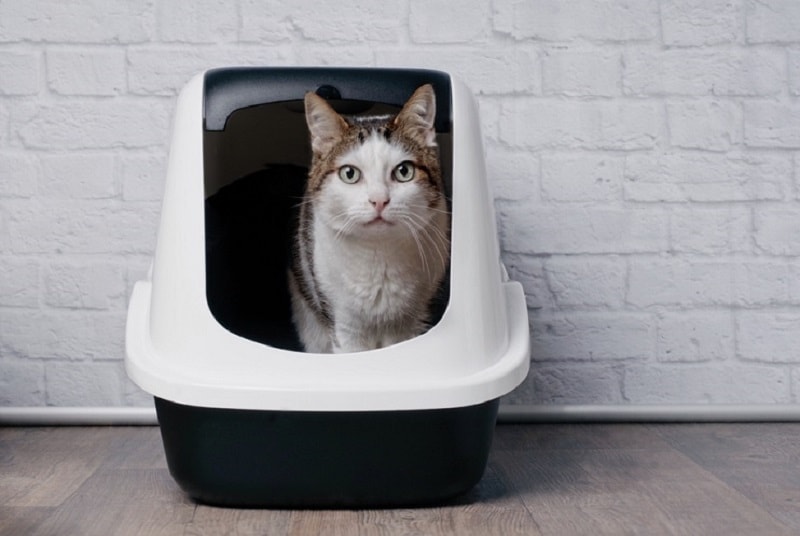
Fel d1 is also present in the American Shorthair’s urine. If you are highly sensitive, it’s better to have another family member who is non-allergic empty and clean the litter box. In addition, choose litter box materials that are not dusty, and have no fragrances or chemical irritants.
Your cat might pick the particles and spread them out around your house, triggering allergies.
Stock up Medication
Antihistamines are your best friend if the allergies become prominent. You can talk to your doctor to prescribe some over-the-counter medication to deal with your allergies.
You can either go for pills, sprays, or inhalers to deal with your specific allergies. However, medications should be the last resort.
Groom Your Cat Regularly
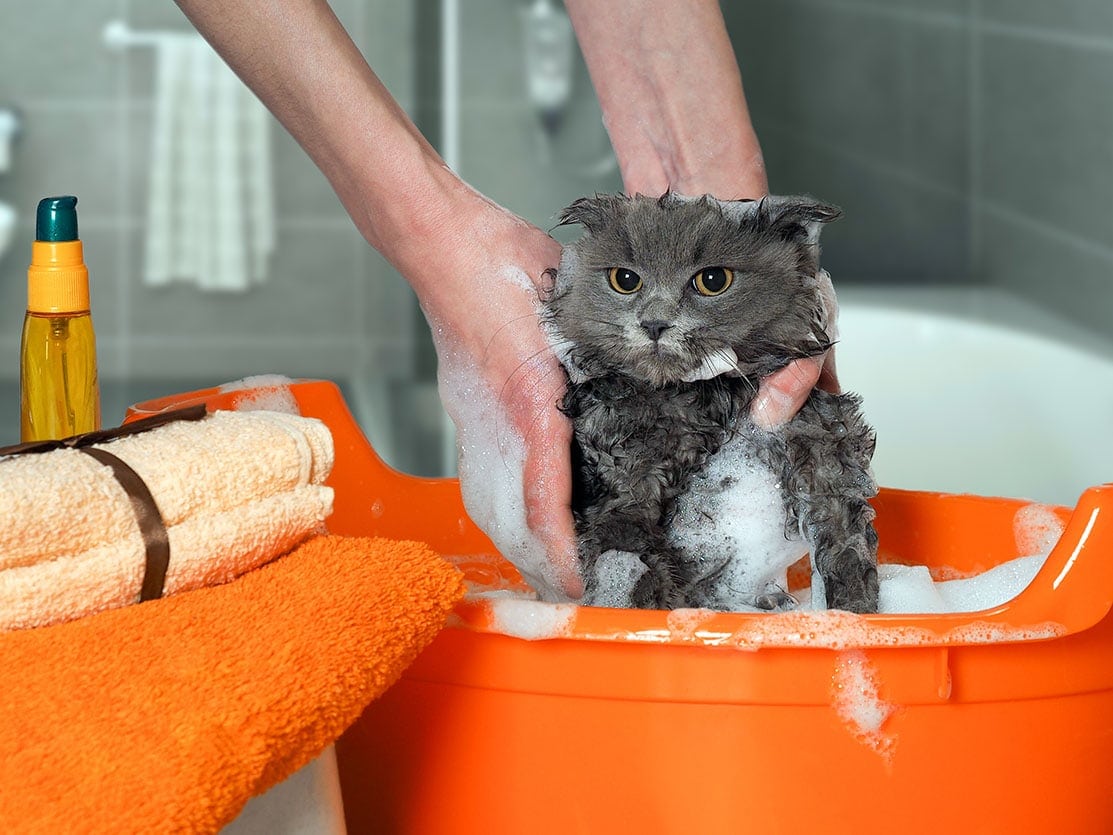
American Shorthair cats shouldn’t be washed regularly, only when they are dirty. You can schedule some bathing sessions that will also help get rid of the dander.
As heavy shedders, they should be groomed frequently. This will help you manage the shedding and dander levels better.
Do American Shorthair Cats Shed a Lot?
This cat breed is a moderate to high shedder. American Shorthair cats do shed fur like any other cat breed. However, once their coat grows, the hairs will fall out and be replaced by new ones.
The loose hairs spread out around your home when the cat is grooming. The allergens are trapped on the coat and will be transferred to your body when you touch your pet.
Are Male or Female American Shorthairs Better for Allergies?
Like most cats, males produce more allergenic secretions than females. This difference occurs because the protein Fel d1 production is linked to the cat’s hormones. Therefore, to get a cat with fewer allergy triggers, consider a female cat or neuter your male cat.
Conclusion
American Shorthair cats are very friendly and a perfect pet addition to your home. However, they are not hypoallergenic, making them unsuitable for individuals highly prone to allergies. Despite this, you can find ways to live with this cat breed in your home by managing your contact with the cat and allergens.
With proper preparation and training, you can set boundaries to make it easier to co-exist with an American Shorthair cat. Before you adopt one of these cat breeds, it’s best to spend time with one beforehand to determine if you are allergic.
See Also:
Featured Image Credit: Lalandrew, Shutterstock

